Would you implant a chip or machine component into your body to make life more convenient? How about to enhance your abilities?


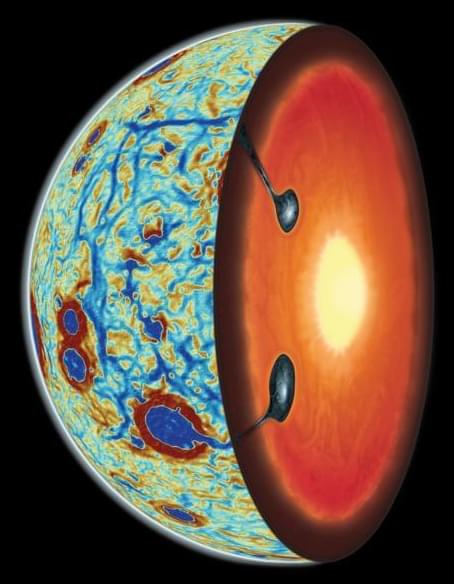
“For the first time we have physical evidence showing us what was happening in the moon’s interior during this critical stage in its evolution, and that’s really exciting,” said Dr. Jeff Andrews-Hanna.
Our Moon has long been hypothesized to have formed from a planet-sized object colliding with the Earth. But, what happened after and how can its unique geologic exterior and interior be explained? This is what a recent study published in Nature Geoscience hopes to address as an international team of researchers led by the Lunar and Planetary Laboratory (LPL) at the University of Arizona used a combination of spacecraft data and computer models to investigate the geologic processes that led to heavier elements being present on the nearside of the Moon, which is constantly facing Earth due to being tidally locked with our planet. This study holds the potential to help researchers better understand the geologic mechanisms behind planetary formation and could lead to gaining greater insight into how rocky planets like Earth and Mars formed.
For the study, the researchers used data from NASA’s GRAIL mission, which was used to map gravitational anomalies on the Moon, and computer models to determine the distribution of ilmenite, a combination of titanium and iron, across the Moon’s nearside and how much sunk into the Moon’s interior during the Moon’s formation and evolution. It has been previously hypothesized that while ilmenite sunk to the Moon’s interior early on, portions of it returned to the surface from volcanism, and the mechanisms behind these events have led scientists puzzled.

First of all, they have to have survived the impact. Laboratory tests have shown that frozen specimens of the Hypsibius dujardini species travelling at 3,000 km/h in a vacuum were fatally damaged when they smashed into sand. However, they survived impacts of 2,600 km/h or less – and their “hard landing” on the Moon, unwanted or not, was far slower.
The Moon’s surface is not protected from solar particles and cosmic rays, particularly gamma rays, but here too, the tardigrades would be able to resist. In fact, Robert Wimmer-Schweingruber, professor at the University of Kiel in Germany, and his team have shown that the doses of gamma rays hitting the lunar surface were permanent but low compared with the doses mentioned above – 10 years’ exposure to Lunar gamma rays would correspond to a total dose of around 1 Gy.
But then there’s the question of “life” on the Moon. The tardigrades would have to withstand a lack of water as well as temperatures ranging from −170 to −190°C during the lunar night and 100 to 120°C during the day. A lunar day or night lasts a long time, just under 15 Earth days. The probe itself wasn’t designed to withstand such extremes and even if it hadn’t crashed, it would have ceased all activity after just a few Earth days.

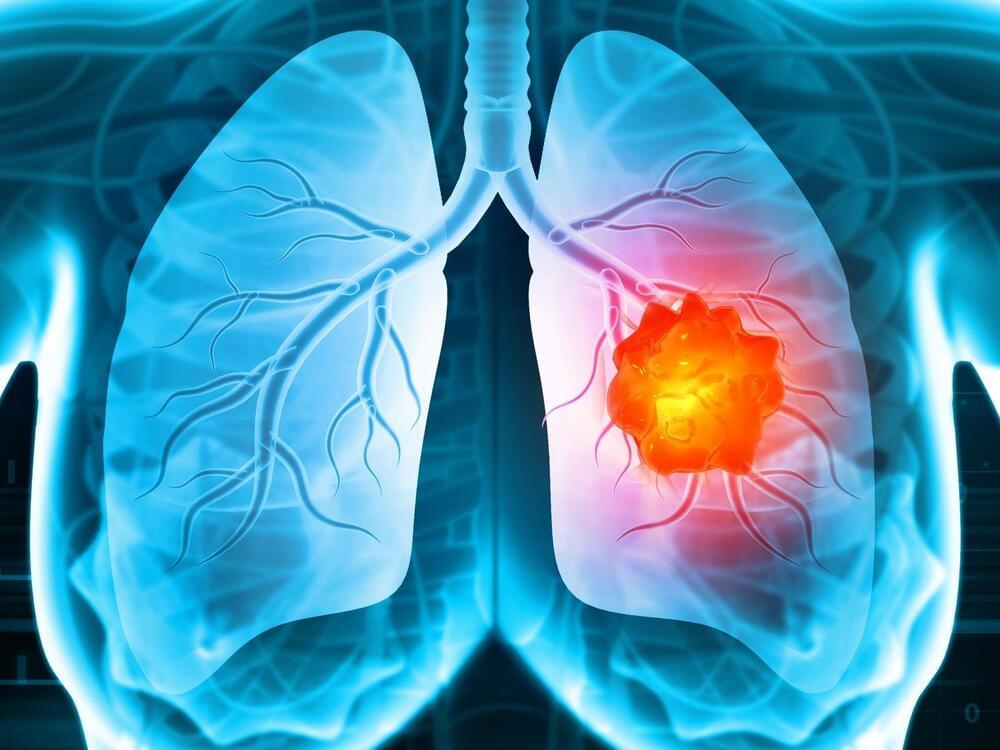
For many of these individuals, the response to repotrectinib lasted for several years.
“Repotrectinib can lead to long-term responses for patients with ROS1 fusion–positive lung cancers, including those who have and have not received prior targeted therapy,” said Alexander Drilon, M.D., of Memorial Sloan Kettering Cancer Center, who led the TRIDENT-1 study.
Treatment with repotrectinib also shrank tumors that had spread to the brain, a common location for lung metastases, the researchers reported.
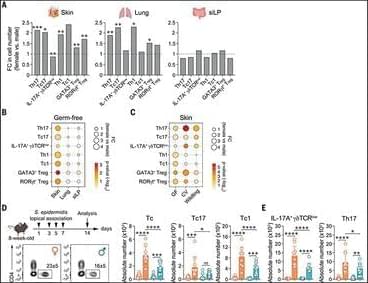
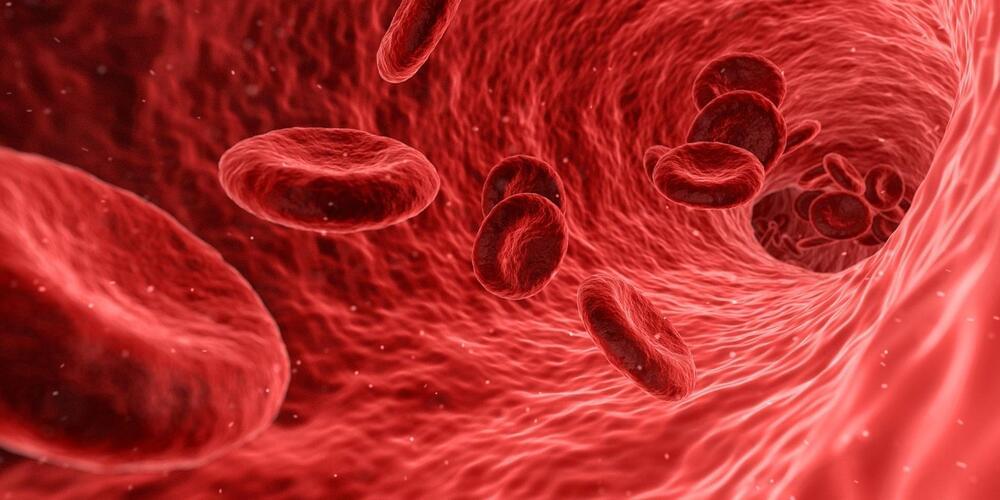
Researchers at Tel Aviv University (TAU) and the Leviev Cardiothoracic and Vascular Center at the Sheba Medical Center have found a mechanism responsible for increasing the risk of developing cancer among patients with heart disease: Small extracellular bubbles, or vesicles (sEVs), secreted from the sick heart to heal itself, are released into the bloodstream and promote the growth of cancer cells throughout the body.
Register for free to get subscriber-only benefits: https://closertotruth.com/If consciousness is 100% physical, we would have to conclude that the same kind…
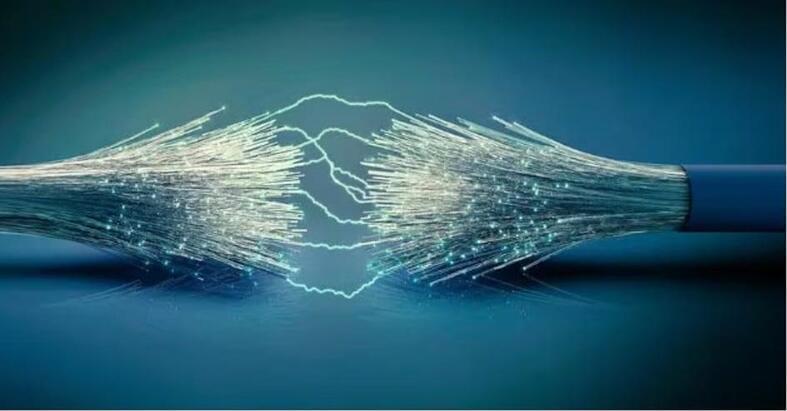
When I was a kid, I went to a science camp, and one of the instructors showed us a few inches of fiber optic cable. I remember thinking it was so neat that you could light it up at one end, and no matter how you twisted the cable, you could see the light come out on the other end. At the time, I thought how useful it might be to send Morse code through it—I was very young. Things have changed a bit since then. Today, UK Aston University researchers sent data at a 301 terabits per second (Tbps) clip over existing fiber networks.
How fast is that? It’s about 1.2 million times faster than the US’ medium fixed broadband speed of 242.48 megabits per second (Mbps). Or, it’s fast enough to deliver 1,800 4K movies to your home in a second. And I thought my recent home internet fiber upgrade to 2 Gigabits per second (Gbps) was impressive!Of course, no one will get 301 Tbps speeds in their home office. In the real world, I know a handful of people with 10 Gbps connections to their houses and many data centers with 40 Gbps local area networks.
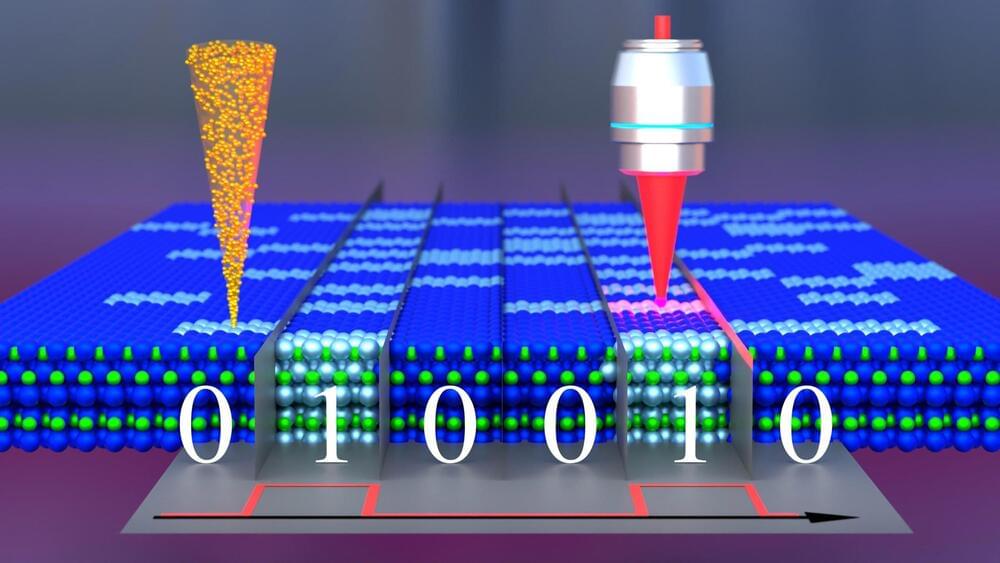
Team presents new path to long-term data storage based on atomic-scale defects.
With the development of the internet, social media, and cloud computing, the amount of data created worldwide on a daily basis is skyrocketing. This calls for new technologies that could provide higher storage densities combined with secure long-term data archiving far beyond the capabilities of traditional data storage devices. An international research team led by the Helmholtz-Zentrum Dresden-Rossendorf (HZDR) now proposes a new concept of long-term data storage based on atomic-scale defects in silicon carbide, a semiconducting material. These defects are created by a focused ion beam, providing high spatial resolution, fast writing speed, and low energy for storing a single bit, as the team reports in the journal Advanced Functional Materials.
Latest estimates assume around 330 million terabytes of new data created each day, with 90 percent of the world’s data generated in the last two years alone. If the sheer numbers already suggest the need of advanced data storage technologies, it is by no means the only problem associated to this development. “The limited storage time of current storage media requires data migration within several years to avoid any data loss. Besides of being trapped in perpetual data migration procedures, this substantially increases the energy consumption, because a significant amount of energy is consumed in the process,” says Dr. Georgy Astakhov from the Institute of Ion Beam Physics and Materials Research at HZDR.